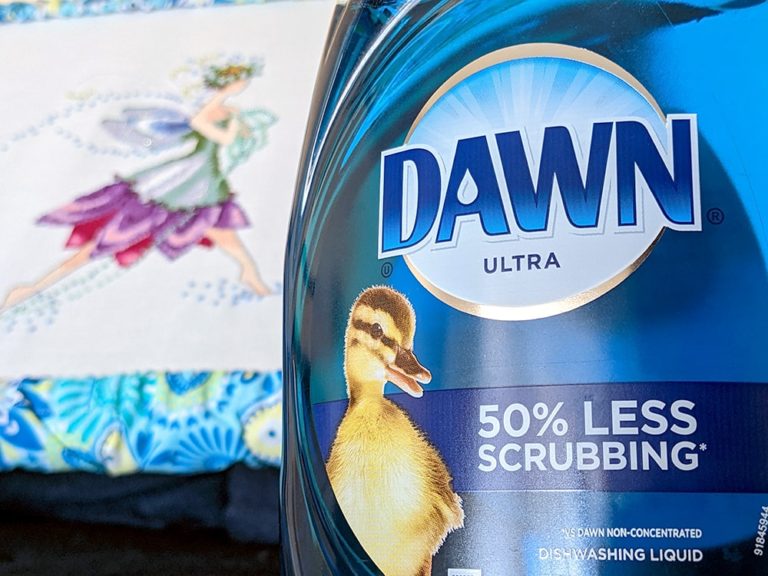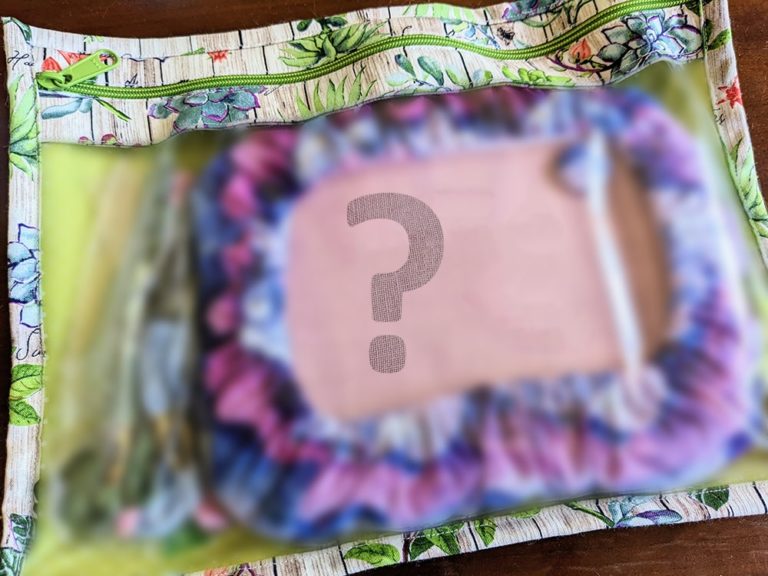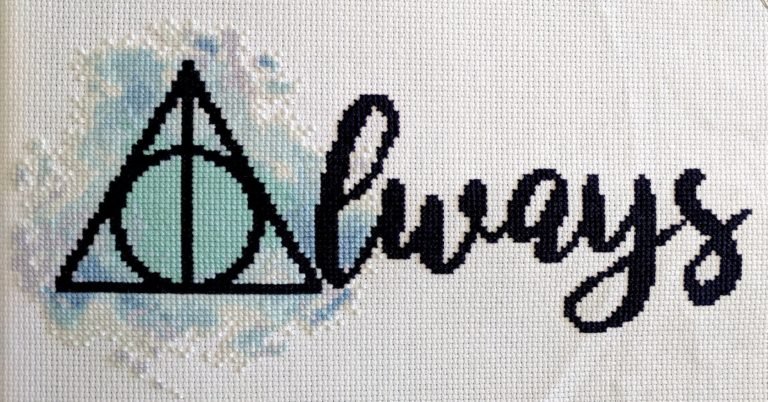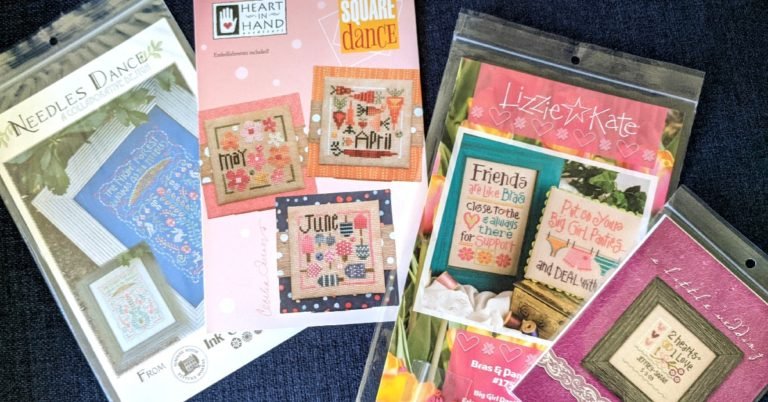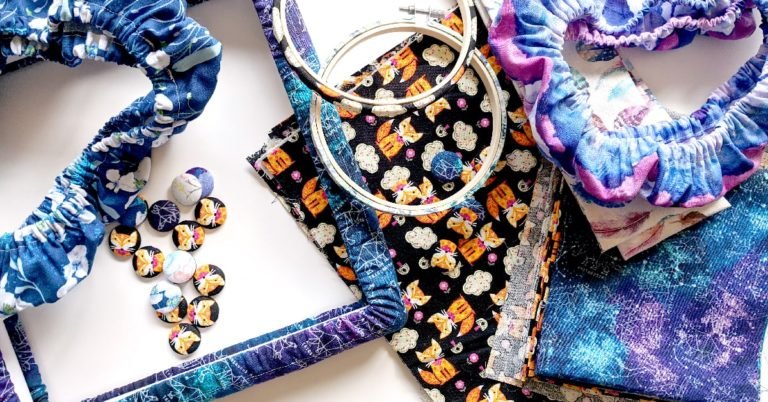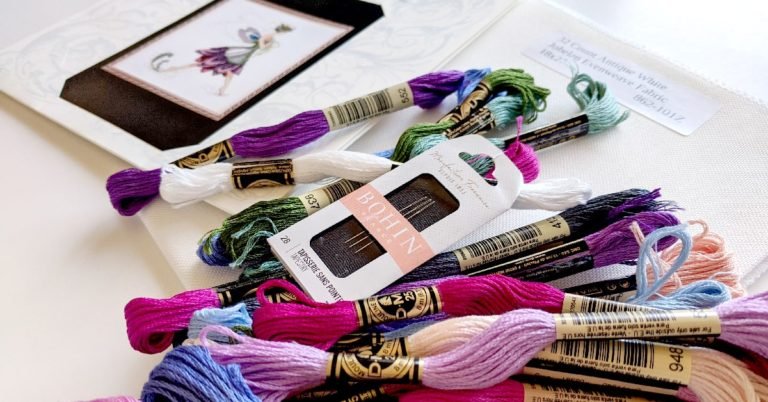What to Do If You Make a Mistake in Cross Stitch
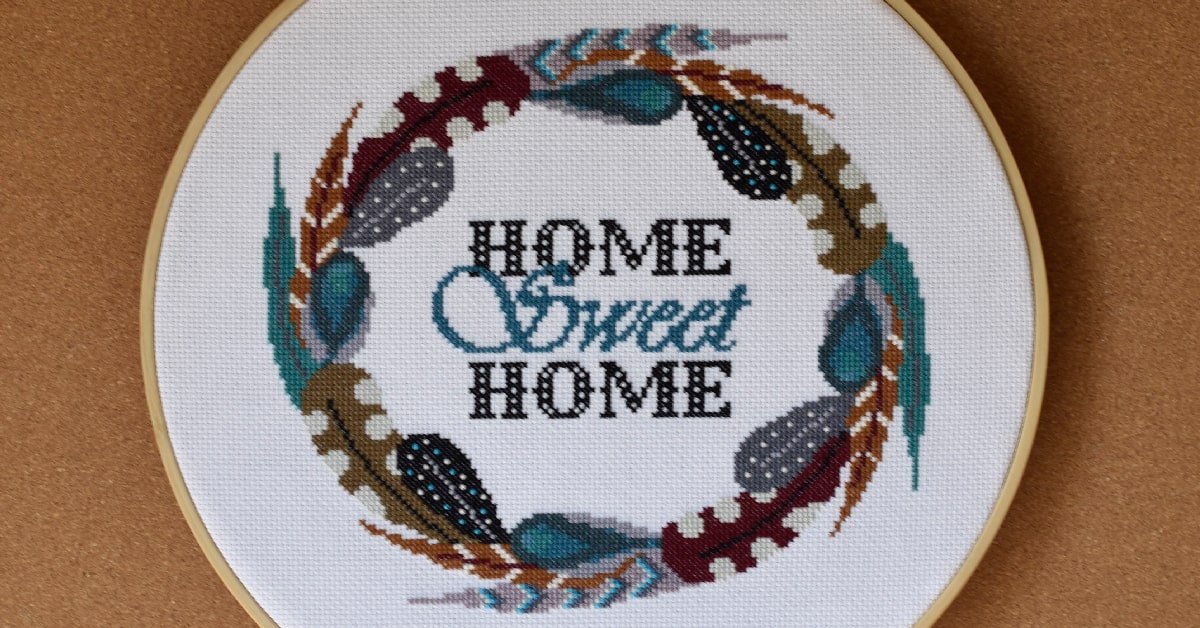
So it happened. Everything was going so well and then you saw it. That misplaced stitch staring back at you. Taunting you.
It isn’t fun to make mistakes. Depending on the severity of the mistake it can be disheartening and cause you to put away a project for a long while. Sometimes, these projects never see the light of day again.
Don’t get discouraged. Mistakes can ALWAYS be fixed!
It’s rare that I complete a cross stitch project and it’s exactly the way that the pattern was intended. There’s always at least one misplaced stitch. Most often, I use one of these methods to fix any problem areas, depending on the complexity of the mistake.
Use your best judgment on which method is right for your situation.
WANT FREE CROSS STITCH PATTERNS?
Sign up for my newsletter to get access.

You Can Just Leave It
If the mistake can easily be worked around, sometimes the best thing to do is nothing. It doesn’t affect the rest of your stitching and nobody will ever know there was a mistake (except maybe you of course).
This is the easiest option if your mistake isn’t too noticeable. You won’t waste extra time ripping out stitches or using other methods to fix your project.
Sometimes it’s hard to tell where you made the mistake, just try to work around it and seamlessly blend in that area later. This is particularly easy to do if you are dealing with a piece with lots of texture, such as trees or water.
I was stitching a wreath and by the time I got to the end, I had realized that I was off by a stitch or two when the circle wouldn’t close. Where did I make the mistake? Who knows, but I was able to fudge it and you can’t even tell that there are any flaws.
No project is meant to be perfect. We are all human after all.
Mistakes make the project unique and add character. Your project won’t be like anyone else’s and each stitch (mistakes included) tell your story.
Try not to obsess over the mistake. Just breathe and LET IT GO!
However, if you can’t get over the fact that your project is perfectly imperfect, you can try one of the other methods.
Add in the Missing Stitch
Sometimes, all it takes is one stitch to fix the issue. Simply take a small piece of floss and fill it in.
This is a really easy fix if there’s confetti or you just missed a random stitch.
This might be the most annoying just because of adding in that one stitch. This happens to me all the time!
Luckily, we have some other ways to cover up these oversights.
Take the Stitches Out
You can pick out the stitches until you are back at the spot where you messed up. This is also known as frogging.
Take into consideration if the mistake throws off the entire project. It might be worth it to undo the stitches and start fresh.

If you haven’t stitched too far it won’t be as tedious to remove stitches. However, if you stitched a long way from the error this method can be time-consuming.
Hopefully, you don’t catch it too late, but then you can just fill in the stitch with the right color.
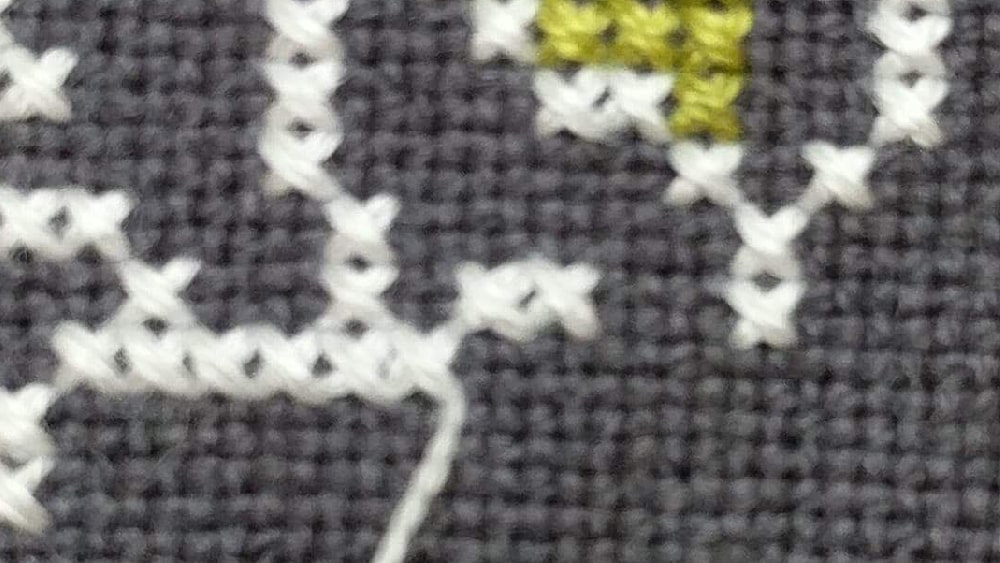
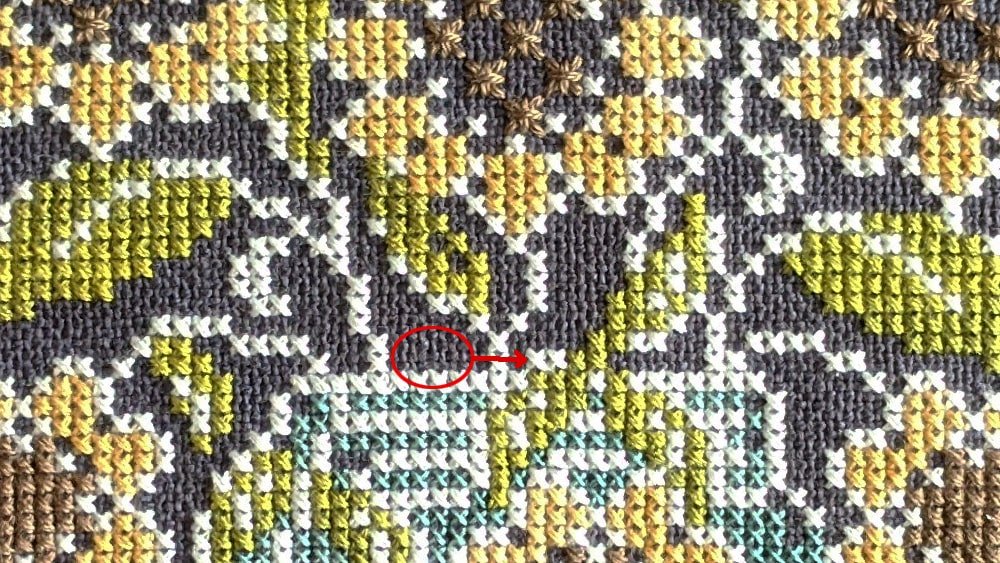
Stitch Over the Misplaced Stitch
This is one of my favorite methods for hiding the wrong stitches. There will simply be times when I miscounted and put the wrong color in a spot. Usually, it’s one stitch extra.
An effortless solution is to cover up the wrong color by stitching over it with the right color.


In most cases, this technique will barely be noticeable. However, there is a chance that the area will be bumpier and puffed up more than the rest of your other stitches. Personally, I haven’t found this to be the case.
This method works best when putting a darker color over a lighter color, but I have done this with lighter over dark, and if some scenarios it doesn’t matter. This wouldn’t be noticeable if the flosses are similar in color or the darker underneath color is close to the fabric color.
With this approach, the flaw is easily hidden and you don’t waste time taking out stitches.
Start Over
Starting over is a last resort in the most extreme cases. However, it may be necessary.
If you find yourself with too many mistakes, it may be helpful to restart. Keeping track of numerous mistakes and trying to move forward can become overwhelming and cumbersome. The point of a hobby is supposed to be fun after all and allow you to decompress.
The benefit of starting over is that you’ll have a clean slate. Sometimes, it’s better to start fresh. There won’t be mistakes to figure out how to workaround. The aggravation isn’t worth the headache or the trouble to resolve the problem areas.
The only negative of starting over is the lament over all that time you spent stitching. However, just think about all the future time you will be saving by not having to course-correct your project.
Only progression, not regression!
There are precautions you can apply so that the number of edits is significantly reduced.
How to Prevent Mistakes
Preventative measures include gridding your fabric, using good lighting, using magnifiers, marking off completed areas of your chart, and keeping your chart to a single page.
Here’s how you can learn to save time and frustration by preventing mistakes in the first place. This will cut down on the number of times you mess up while stitching.
It’s better to plan ahead so that your stitching is more pleasant and fulfilling.
Happy Stitching!


